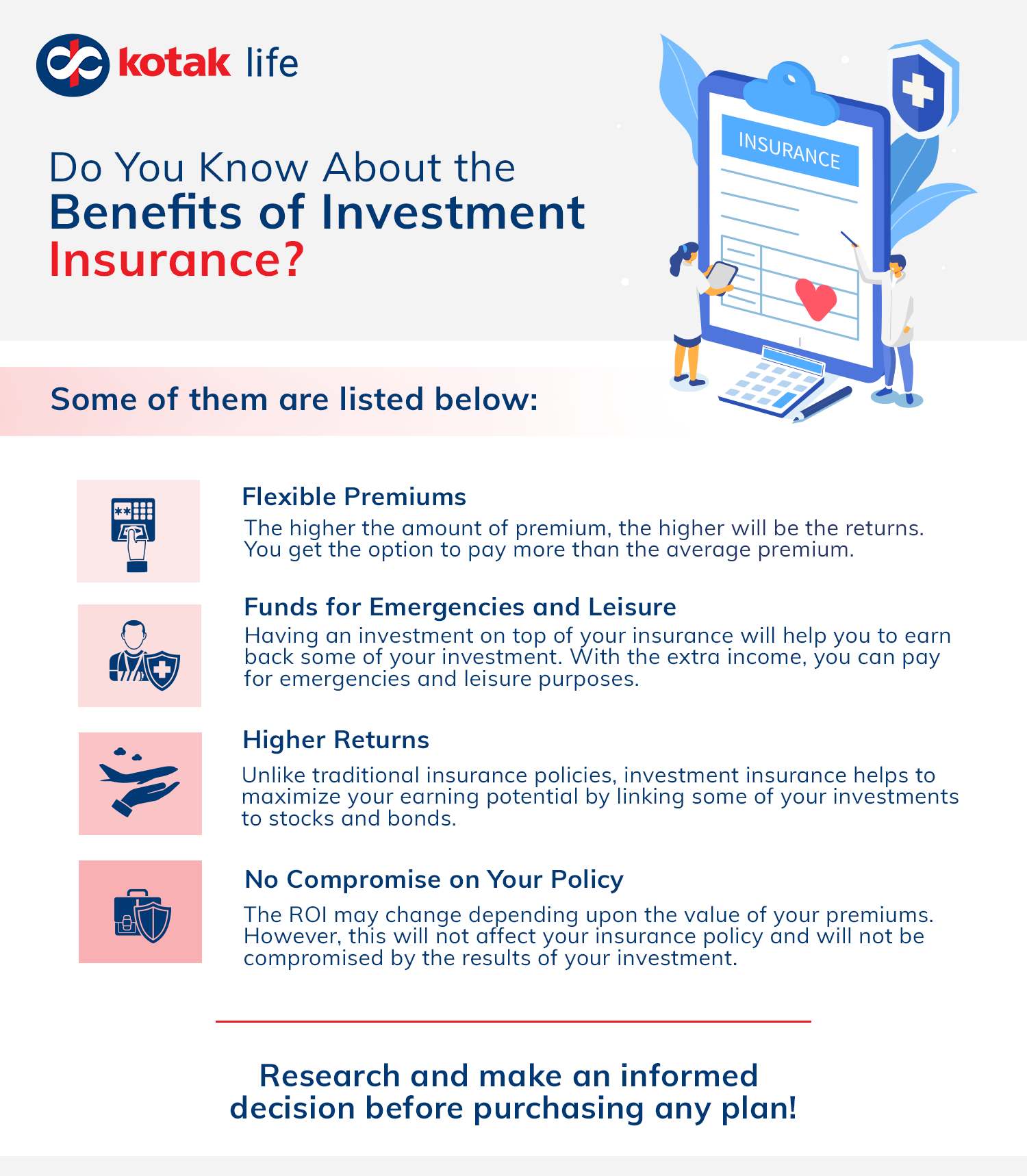Some Known Factual Statements About Pacific Prime
Some Known Factual Statements About Pacific Prime
Blog Article
Pacific Prime - Truths
Table of ContentsPacific Prime Things To Know Before You Get ThisFacts About Pacific Prime UncoveredSome Known Details About Pacific Prime About Pacific PrimeSome Ideas on Pacific Prime You Need To Know

This is due to the fact that the information were accumulated for a period of solid economic efficiency. Of the estimated 42 million individuals who were without insurance, just about regarding 420,000 (regarding 1 percent) were under 65 years old, the age at which most Americans become qualified for Medicare; 32 million were adults in between ages 18 and 65, around 19 percent of all grownups in this age; and 10 million were kids under 18 years of age, about 13.9 percent of all kids (Mills, 2000).
These estimates of the number of persons without insurance are produced from the annual March Supplement to the Existing Population Survey (CPS), performed by the Demographics Bureau. Unless otherwise kept in mind, national estimates of individuals without medical insurance and proportions of the population with various type of insurance coverage are based on the CPS, the most commonly used source of price quotes of insurance protection and uninsurance prices.
The Best Strategy To Use For Pacific Prime

Still, the CPS is specifically useful due to the fact that it produces annual price quotes fairly quickly, reporting the previous year's insurance policy protection approximates each September, and due to the fact that it is the basis for a constant set of estimates for greater than twenty years, enabling analysis of fads in insurance coverage with time. For these reasons, in addition to the comprehensive use of the CPS in various other studies of insurance coverage that are provided in this record, we count on CPS estimates, with restrictions noted.

The quote of the variety of uninsured people expands when a populace's insurance standing is tracked for a number of years. Over a three-year duration starting early in 1993, 72 million individuals, 29 percent of the united state population, lacked insurance coverage for a minimum of one month. Within a solitary year (1994 ), 53 million individuals experienced at least a month without protection (Bennefield, 1998a)
6 out of every 10 uninsured adults are themselves used. Functioning does improve the probability that one and one's family participants will have insurance coverage, it is not a warranty. Even participants of families with two full time wage earners have almost a one-in-ten chance of being uninsured (9.1 percent uninsured rate) (Hoffman and Pohl, 2000).
What Does Pacific Prime Do?
New immigrants make up a considerable percentage of individuals without wellness insurance coverage. One analysis has actually associated a substantial portion of the recent development in the size of the united state uninsured populace to immigrants that showed up in the country in between 1994 and 1998 (Camarota and Edwards, 2000). Current immigrants (those that involved the United States within the previous 4 years) do have a high price of being uninsured (46 percent), yet they and their youngsters make up simply 6 percent of those without insurance across the country (Holahan et al., 2001).
The partnership in between medical insurance and access to care is well established, as documented later in this chapter. Although the relationship in between medical insurance and health and wellness end results is neither straight nor simple, a comprehensive clinical and wellness solutions research study literary works links medical insurance protection to better accessibility to care, far better quality, and boosted personal and populace health status.
Degrees of evaluation for examining the effects of uninsurance. This discussion of medical insurance coverage concentrates mostly on the U.S. populace under age 65 due to the fact that practically all Americans 65 and older have Medicare or other public coverage. It focuses particularly on those without any kind of health and wellness insurance policy for any kind of size of time.
The 4-Minute Rule for Pacific Prime
The problems dealt with by the underinsured remain in some aspects similar to those dealt with by the uninsured, although they are typically much less severe. international travel insurance. Uninsurance and underinsurance, nevertheless, include clearly different policy issues, and the approaches for resolving them may vary. Throughout this research study and the five records to follow, the primary emphasis is on individuals with no health and wellness insurance policy and hence no assistance in spending for healthcare beyond what is readily available through charity and safeguard institutions
Health and wellness insurance is a powerful aspect influencing receipt of care because both clients and doctors react to the out-of-pocket cost of services - https://www.easel.ly/browserEasel/14457146. Medical insurance, nonetheless, is neither required neither adequate to gain accessibility to clinical solutions. The independent and straight effect of wellness insurance policy protection on accessibility to wellness solutions is well established.
Others will certainly acquire the health and wellness treatment they need also without medical insurance, the original source by paying for it out of pocket or seeking it from service providers that offer treatment cost-free or at very subsidized rates. For still others, medical insurance alone does not make sure receipt of care since of various other nonfinancial barriers, such as a lack of healthcare carriers in their community, limited access to transportation, illiteracy, or linguistic and cultural distinctions.
An Unbiased View of Pacific Prime
Formal study about uninsured populaces in the United States dates to the late 1920s and very early 1930s when the Committee on the Price of Healthcare generated a collection of reports concerning funding medical professional workplace brows through and hospitalizations. This concern came to be significant as the varieties of medically indigent climbed up throughout the Great Depression.
Report this page